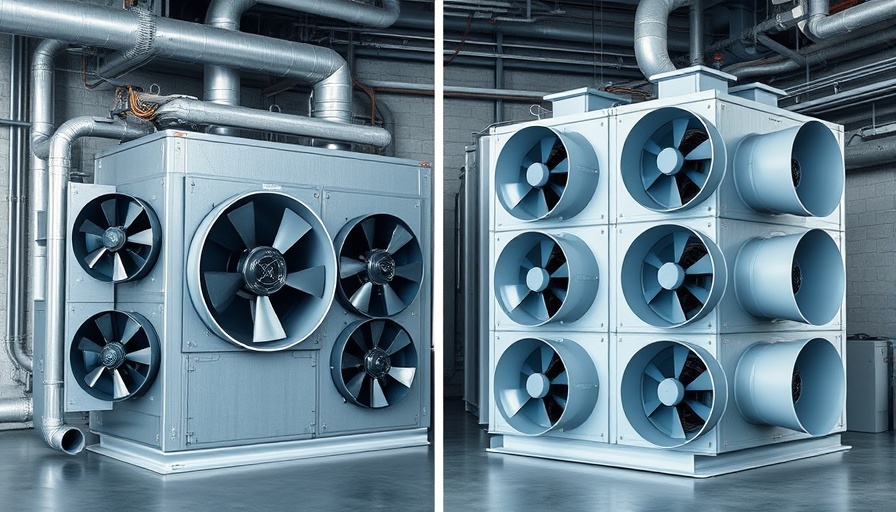
R-454B and R-32: What Homeowners Should Know
As the HVAC industry transitions to more environmentally friendly refrigerants, many homeowners, property managers, and small business owners are left wondering about their options. The latest refrigerants, R-454B and R-32, are designed to lower global warming potential compared to older refrigerants like R-410A. However, with ongoing developments in refrigeration technology, the question arises: what comes after R-454B and R-32?
Understanding the Transition in Refrigerants
Refrigerants are crucial in HVAC systems as they cool and circulate air, making indoor environments comfortable. As climate concerns increase, there’s a collective push towards using refrigerants that do not significantly contribute to greenhouse gas emissions. R-454B, for instance, has a significantly lower global warming potential (GWP) than its predecessors. Similarly, R-32 has gained traction for its efficiency while maintaining a low GWP.
The Future of HVAC Refrigerants
Industry experts are predicting that future cooling technologies will lean toward natural refrigerants such as CO2 or ammonia, which boast extremely low GWP. These alternatives promise not only efficiency but also a reduced environmental impact, making them viable options for those looking to upgrade their systems.
Furthermore, innovations in HVAC technologies, like variable refrigerant flow (VRF) systems, allow better performance and energy savings, raising another critical question: how can homeowners adapt to these advancements?
Benefits of Modern HVAC Systems
Investing in an HVAC system that uses next-gen refrigerants can lead to significant utility savings. Homeowners may wonder,
“What are the best HVAC systems on the market?” When evaluating options, systems that utilize R-454B or R-32 often come with energy-efficient designs and advanced control technologies, providing greater comfort at a lower cost.Practical Tips for Homeowners
When considering a new HVAC installation, it’s essential to compare options beyond just refrigerants. Understanding installation costs, available rebates, and maintenance requirements can empower homeowners to make informed decisions. For example, asking, “How much is a new central heat and air unit?” will help set realistic budgets.
Additionally, engaging in discussions around features can enhance comfort, such as understanding “What is the purpose of fresh air in HVAC?” Fresh air intake plays a significant role in maintaining indoor air quality, which is vital for health and comfort.
Take Advantage of Energy-Efficient HVAC Solutions
With the HVAC landscape evolving, homeowners are encouraged to learn more about their options. Researching popular brands can be beneficial. Questions like “Are Lennox HVAC systems good?” or “Who makes the best HVAC system?” lead to fruitful results when making informed choices about comfort.
With considerations ranging from the refrigerants used to the overall efficiency of HVAC systems, now is the time to explore modern options that reflect a commitment to energy efficiency.
 Add Row
Add Row  Add
Add 




Write A Comment